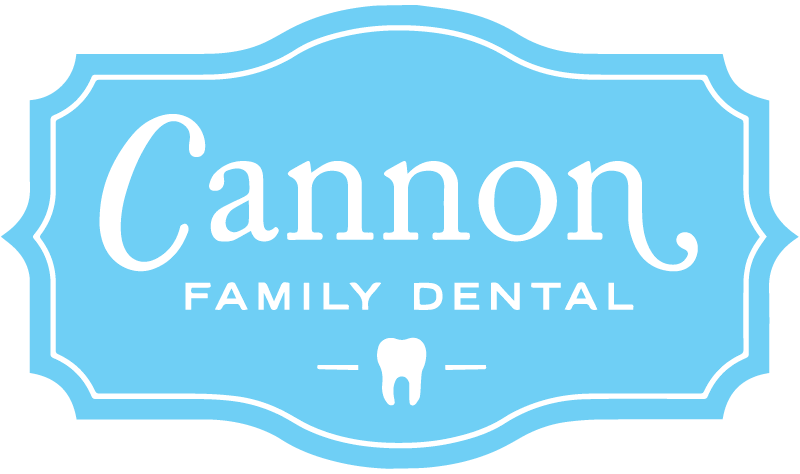Recently I was vacationing with my family at Lake Powell in Southern Utah. It is a beautiful setting: Red rock cliffs, clear blue sky, cool water to boat, swim and fish in. I am not much of a water skier but my kids love it, so we do plenty of water skiing too.
The climate and conditions of Lake Powell were very dry and comfortably hot. Anytime we felt too hot we would jump into the lake to cool off. I quickly found that my skin was drying out. My toe nails began to crack, as did the skin on the souls of my feet. So instead of walking around barefoot, as I had done for the first few days, I began to apply lotion to my feet and wear shoes and socks. It helped, but the cracks in my feet remained naggingly sore—not enough to slow me down though!
Sensitive teeth can be like those dry, cracked feet. Nagging discomfort but nothing to slow you down. There can be many reasons for sensitive teeth. Cavities, cracked teeth, fillings and crowns that are leaking around the edges, gum recession and abfraction lesions, to name some.
What are abfraction lesions? They are not caused by cavities. They show up right next to the gum line, and they look like a wedge of tooth has been taken out.
What causes abfraction lesions? This used to be highly debated, but most dentists have settled upon the abfraction lesion being a result of a combination of things—clenching/grinding teeth, gum recession, frictional wear (such as from a toothbrush), and an acidic environment. Much of what we eat introduces this acidic environment into our mouth.
When an abfraction lesion begins it can be sensitive to cold and other stimuli. This is the nagging sensitivity I mentioned earlier. Unlike dry, cracked skin, these types of lesions will not heal on their own with time.
Can anything be done to reduce or eliminate sensitive teeth? In a study presented in the Journal of the American Dental Association in May 2013, a group of researchers and dentists shared their results. Their options for treatment were to seal the sensitive spot, place a filling over it, or treat it with a toothpaste that is designed to reduce sensitivity. They found that a “Sealant or restoration placement is an effective method of immediately reducing . Although potassium nitrate dentifrice (toothpaste designed to reduce sensitivity) did reduce sensitivity slowly across six months, at no time was the reduction commensurate with that of sealants or restorations (fillings).
So there are options for reducing sensitive teeth! Great news for those who have that nagging sensitivity. Give us a call at Cannon Family Dental. We can help you set up an appointment to determine the source of your sensitivity, or other needs. We are conveniently located in Bountiful, Utah.

